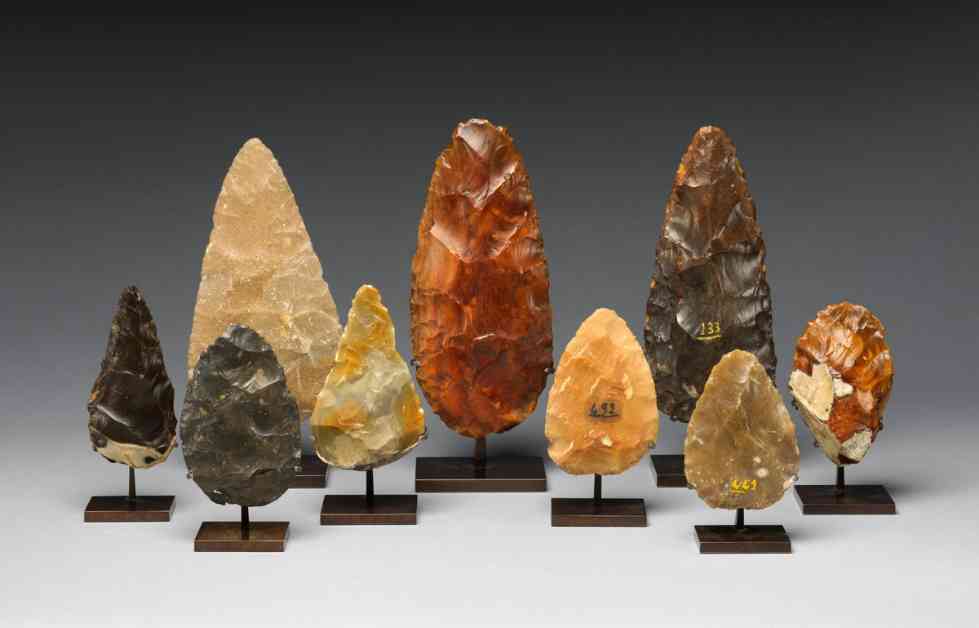Humans have always been known for their innovative nature, constantly creating new tools and technologies to make life easier. This ingenuity is closely tied to our large brains and dexterous hands, setting us apart from other primates. The origins of human tool use have long been a subject of interest for paleoanthropologists, with key discoveries shedding light on the evolution of this unique human trait.
In the 1950s, paleoanthropologist Kenneth Oakley highlighted toolmaking as a defining human characteristic, supported by archaeological evidence. Tool use was believed to have started with the large-brained ancestor Homo erectus. However, groundbreaking research by Jane Goodall in the 1960s showed that chimpanzees also exhibited tool use, challenging the notion that humans were the sole toolmakers.
The Leakeys’ discovery of Homo habilis further blurred the lines between human and primate tool use. The fossils found at Oldupai Gorge in Tanzania suggested that early humans were capable of making stone tools, setting them apart from chimpanzees who primarily used organic tools. This discovery led to a redefinition of what it means to be a toolmaker and raised questions about the uniqueness of human tool use.
The findings at Oldupai Gorge dominated scientific understanding of early hominin tool behaviors for years. However, the discovery of Lucy, a 3.2-million-year-old human ancestor, challenged existing beliefs about tool use. Despite initial assumptions that only Homo species used tools, further research suggested that Lucy’s species, Australopithecus afarensis, may have also utilized stone tools for various tasks.
Recent archaeological discoveries have provided further evidence of tool use by early hominins. Fossilized bones with cut marks and evidence of stone tool manufacture have been found at sites dating back millions of years. These findings suggest that tool use and precision dexterity were not exclusive to Homo species but were present in earlier hominins like A. afarensis.
Studies of nonhuman primate tool use have also shed light on the evolution of human dexterity. Chimpanzees, capuchin monkeys, and macaques exhibit complex tool behaviors, using tools to crack nuts, hunt, and extract food. The variety of hand morphologies in primates suggests that dexterity and tool use were likely widespread among early hominins and their ancestors.
Despite these advancements, challenges remain in understanding the evolution of human tool use. The lack of a fossil record for African apes and biases in the archaeological record limit our ability to reconstruct the origins of dexterity and tool behaviors in early hominins. New research techniques, such as analyzing fossilized wood from ancient tools, offer promising avenues for exploring early forms of tool use.
Overall, the story of human tool use is a complex and evolving narrative, shaped by new discoveries and interdisciplinary research. The findings from Lucy and other early hominins have challenged our understanding of what it means to be a toolmaker and highlighted the shared evolutionary history of tool use among primates. By studying our primate relatives and exploring the archaeological record, scientists continue to uncover the fascinating story of human innovation and ingenuity.










